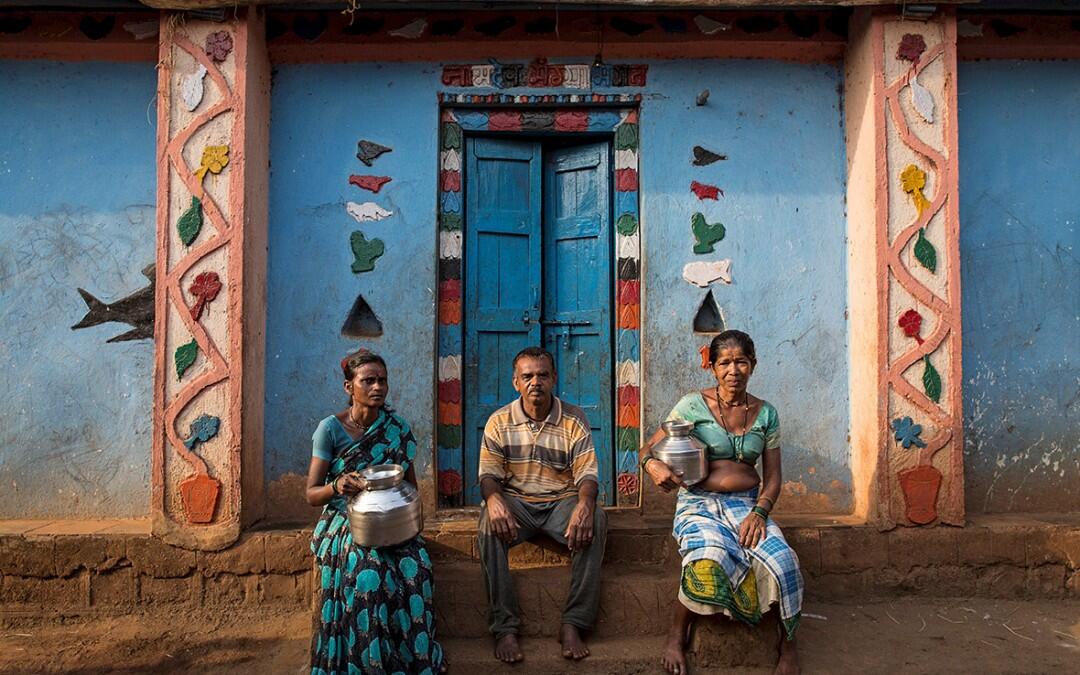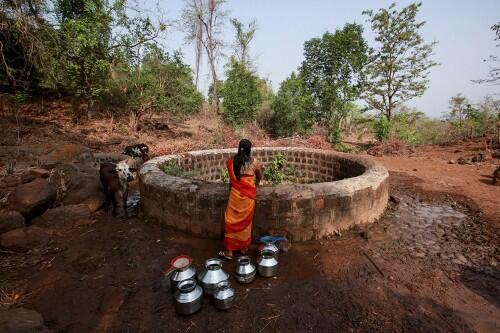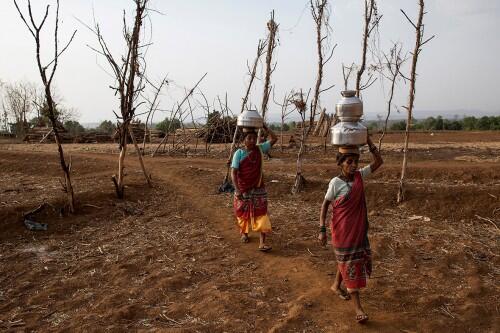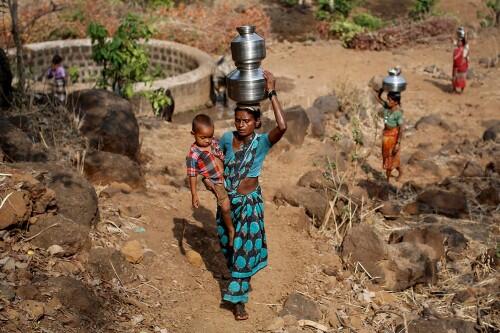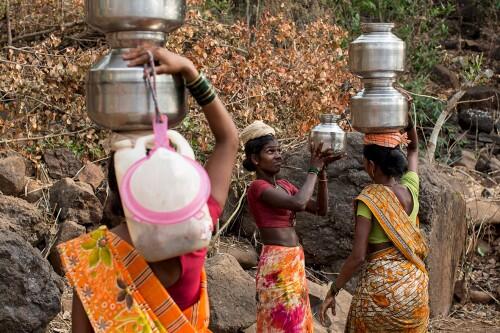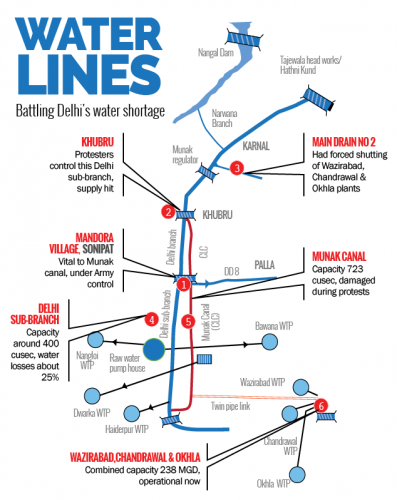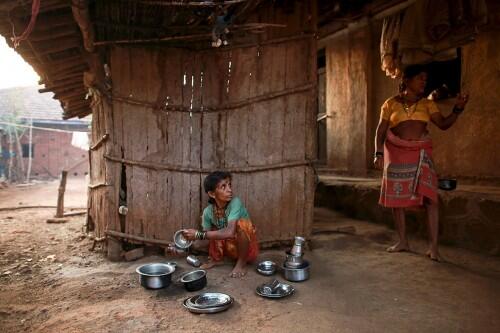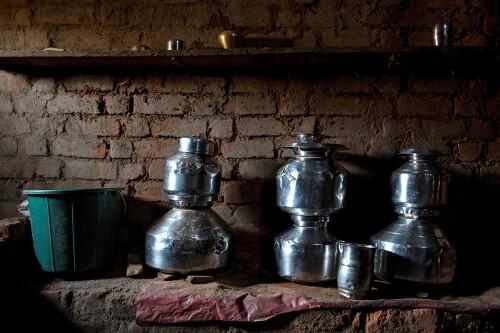Water supply in the city of New Delhi is likely to take two weeks to be fully restored as Jat protesters have extensively damaged the Munak canal, Delhi’s lifeline, which accounts for close to 45% of the supply, at several places. There was, however, some relief on Monday after Delhi Jal Board started partial production at the Wazirabad, Chandrawal and Okhla treatment plants.
The government announced that schools, shut on Monday due to the water crisis, will reopen on Tuesday. By Tuesday morning, authorities hope to supply 475 million gallons per day, about 50% of Delhi’s total supply capacity of 900 MGD.
The Wazirabad, Chandrawal and Okhla plants, with a combined capacity of 238 MGD, take raw water from the Yamuna. These plants too are now unable to fully function due to high levels of ammonia in the river.
Protesters had taken control of Munak canal at Mandora village in Haryana on February 19 and then again the next day. On Monday, the Army finally wrested control but protesters moved to Khubru, a village 35km upstream and stopped supply to the canal completely.
Both banks of the Munak canal have been completely breached along a length of 250 feet, sources said.
A DJB team was sent to Mandora to assess the damage to Munak. After the army took control of the canal, Haryana said it would release water through the Delhi sub-branch, an offshoot of Munak which has a capacity of 215 MGD. However, officials soon realized that despite opening gates, there was no water in the channel because protesters had blocked the canal in Khubru.
“Due to major leakages in the sub-branch, losses of 25% are expected. However, we will now not even get water through that until the protesters are flushed out of Khubru. Munak canal, meanwhile, is seriously damaged. Haryana has communicated to Delhi that repair work may take almost a fortnight and can be carried out only under army security,” said sources.
If the canal gates at Khubru are opened, Delhi will get sufficient water to start 50% production in the Bawana, Nangloi and Haiderpur plants.
Meanwhile, the city continued to function on stored water or through tankers as piped water was not available across the city, with the exception of east and parts of south Delhi. Many Delhiites stocked up on mineral water bottles to tide over the crisis while a section of residents in north Delhi opened their tubewells for use by neighbours.
At 5.30pm on Monday, when ammonia levels in the Yamuna had touched 1.3 ppm against a permissible limit of 0.5 ppm, Wazirabad started production at 25%. The Chandrawal and Okhla plants were started later in the evening at a similar capacity. DJB chairperson Kapil Mishra said that production would be scaled up to 50% by Monday night.
Source: India Times
Picture Source: Reuters

